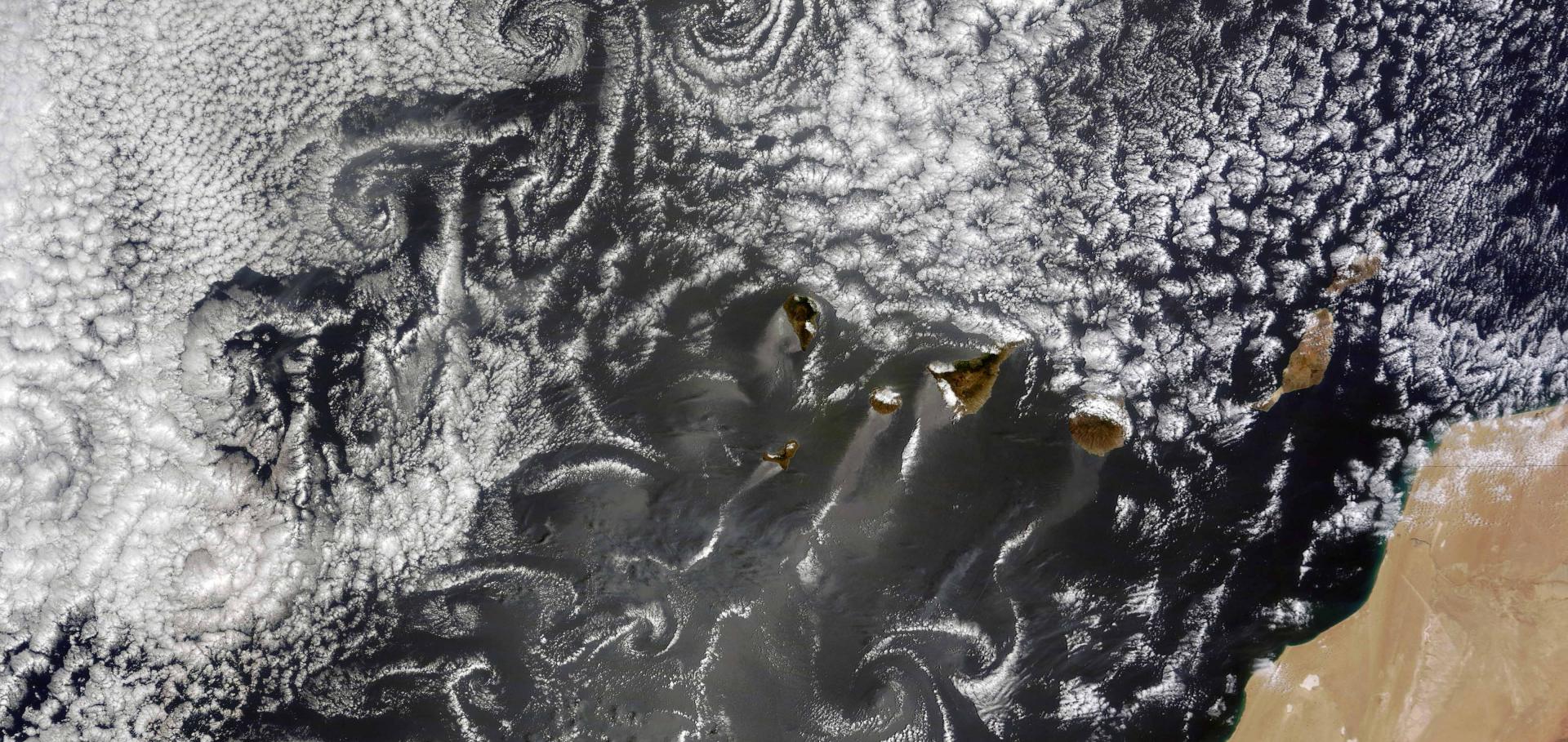Effect of aerosol subgrid variability on aerosol optical depth and cloud condensation nuclei: implications for global aerosol modelling
Atmospheric Chemistry and Physics Copernicus Publications (2016)
Abstract:
A fundamental limitation of grid-based models is their inability to resolve variability on scales smaller than a grid box. Past research has shown that significant aerosol variability exists on scales smaller than these grid boxes, which can lead to discrepancies in simulated aerosol climate effects between high- and low-resolution models. This study investigates the impact of neglecting subgrid variability in present-day global microphysical aerosol models on aerosol optical depth (AOD) and cloud condensation nuclei (CCN). We introduce a novel technique to isolate the effect of aerosol variability from other sources of model variability by varying the resolution of aerosol and trace gas fields while maintaining a constant resolution in the rest of the model.We compare WRF-Chem (Weather and Research Forecast model) runs in which aerosol and gases are simulated at 80 km and again at 10 km resolutions; in both simulations the other model components, such as meteorology and dynamics, are kept at the 10 km baseline resolution. We find that AOD is underestimated by 13 % and CCN is overestimated by 27 % when aerosol and gases are simulated at 80 km resolution compared to 10 km. The processes most affected by neglecting aerosol subgrid variability are gas-phase chemistry and aerosol uptake of water through aerosol–gas equilibrium reactions. The inherent non-linearities in these processes result in large changes in aerosol properties when aerosol and gaseous species are artificially mixed over large spatial scales. These changes in aerosol and gas concentrations are exaggerated by convective transport, which transports these altered concentrations to altitudes where their effect is more pronounced. These results demonstrate that aerosol variability can have a large impact on simulating aerosol climate effects, even when meteorology and dynamics are held constant. Future aerosol model development should focus on accounting for the effect of subgrid variability on these processes at global scales in order to improve model predictions of the aerosol effect on climate.
Community Intercomparison Suite (CIS) v1.4.0: a tool for intercomparing models and observations
Geoscientific Model Development Copernicus GmbH 9:9 (2016) 3093-3110
Abstract:
Community Intercomparison Suite (CIS) v1.4.0: a tool for intercomparing models and observations
Geoscientific Model Development European Geosciences Union (EGU) 9 (2016) 3093-3110
Inverse modelling of Köhler theory – Part 1: A response surface analysis of CCN spectra with respect to surface-active organic species
Atmospheric Chemistry and Physics Copernicus GmbH 16:17 (2016) 10941-10963
Abstract:
<jats:p>Abstract. In this study a novel framework for inverse modelling of cloud condensation nuclei (CCN) spectra is developed using Köhler theory. The framework is established by using model-generated synthetic measurements as calibration data for a parametric sensitivity analysis. Assessment of the relative importance of aerosol physicochemical parameters, while accounting for bulk–surface partitioning of surface-active organic species, is carried out over a range of atmospherically relevant supersaturations. By introducing an objective function that provides a scalar metric for diagnosing the deviation of modelled CCN concentrations from synthetic observations, objective function response surfaces are presented as a function of model input parameters. Crucially, for the chosen calibration data, aerosol–CCN spectrum closure is confirmed as a well-posed inverse modelling exercise for a subset of the parameters explored herein. The response surface analysis indicates that the appointment of appropriate calibration data is particularly important. To perform an inverse aerosol–CCN closure analysis and constrain parametric uncertainties, it is shown that a high-resolution CCN spectrum definition of the calibration data is required where single-valued definitions may be expected to fail. Using Köhler theory to model CCN concentrations requires knowledge of many physicochemical parameters, some of which are difficult to measure in situ on the scale of interest and introduce a considerable amount of parametric uncertainty to model predictions. For all partitioning schemes and environments modelled, model output showed significant sensitivity to perturbations in aerosol log-normal parameters describing the accumulation mode, surface tension, organic : inorganic mass ratio, insoluble fraction, and solution ideality. Many response surfaces pertaining to these parameters contain well-defined minima and are therefore good candidates for calibration using a Monte Carlo Markov Chain (MCMC) approach to constraining parametric uncertainties.A complete treatment of bulk–surface partitioning is shown to predict CCN spectra similar to those calculated using classical Köhler theory with the surface tension of a pure water drop, as found in previous studies. In addition, model sensitivity to perturbations in the partitioning parameters was found to be negligible. As a result, this study supports previously held recommendations that complex surfactant effects might be neglected, and the continued use of classical Köhler theory in global climate models (GCMs) is recommended to avoid an additional computational burden. The framework developed is suitable for application to many additional composition-dependent processes that might impact CCN activation potential. However, the focus of this study is to demonstrate the efficacy of the applied sensitivity analysis to identify important parameters in those processes and will be extended to facilitate a global sensitivity analysis and inverse aerosol–CCN closure analysis. </jats:p>Inverse modelling of Köhler theory – Part 1: A response surface analysis of CCN spectra with respect to surface-active organic species
Atmospheric Chemistry and Physics European Geosciences Union (EGU) 16 (2016) 10941-10963


